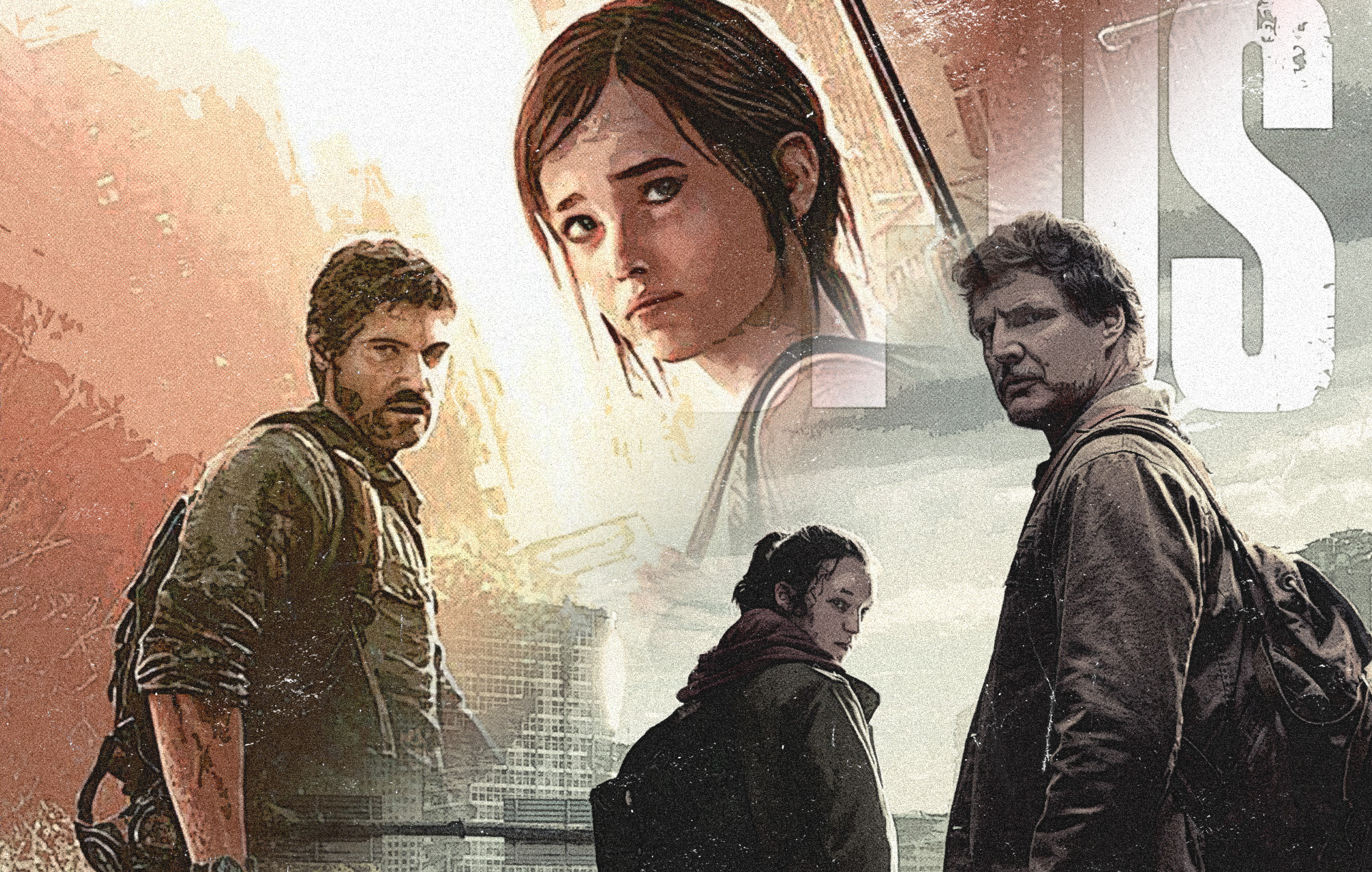HBO’s latest limited series The Last of Us (2023) has taken the world by storm. What sets this series apart from others is not only because of Pedro Pascal and Bella Ramsey’s outstanding performances, but the way its creators successfully adapted the story from a PlayStation video game of the same name into a narrative that perfectly works for the small screen – a complex process that most adapted video games have failed to accomplish.
Many critics in the entertainment industry as well as avid gamers have dubbed the show as one of the greatest video game adaptations ever, genuinely giving justice and respect to the story and its characters. Let’s explore the process and elements involved in successfully adapting The Last of Us for the screen.
Understanding the Ground Rules
The story revolves around survivors Joel and 14-year-old Ellie who are helping each other save the future of humanity after the world has been destroyed by a global pandemic that has wiped out the entire civilization. At first glance, the story may seem like a typical zombie-filled survival narrative set in an apocalyptic world that we’ve seen countless times.
But original game creator Neil Druckmann and showrunner Craig Mazin (Chernobyl) strategically designed the series by focusing on creating complex and relatable characters as well as seeing their relationship unfold as they navigate through uncertainties and uncharted territories, which allowed us to immediately connect and empathize with them on a humanistic level.
Neil Druckmann and showrunner Craig Mazin (Chernobyl) strategically designed the series by focusing on creating complex and relatable characters
“Mazin knew that maintaining this tension was critical to the TV series’ success. ‘When you’re watching television, which is passive as opposed to the interactive aspect of playing video games, your moral complications come from your emotional attachment to the characters you love,” he says. “You begin to root for them, even as they do bad things,’” via Time.
As we know, games of this nature involve killing off hordes of random non-playable characters that weren’t developed to do anything other than be a means to an end. Furthermore, the characters you play in a game are invincible in the sense that if they get killed, they will easily get resurrected and you can continue fulfilling your mission. A conundrum for a show, but the series impeccably addressed this by showing the emotional backstories of these characters, which made every kill a more difficult and morally painful act to commit. Not to mention, the characters on the show are flawed, less resilient, and mortal, so it raises the tension and stakes for them to make it out alive.
Character Development
For instance, the series immediately showed Joel’s normal and wonderful life with his family before the world went into chaos. It was established from the get-go that he was a kind and loving father who had a good relationship with his daughter who meant the world to him. After losing his daughter, we feel the weight of the loss more and we better understand Joel’s demeanor because of the relationship we knew they had. This also makes an impact on the relationship he fosters later on with Ellie, who becomes like a daughter to him; whom he made sure to protect at all costs.
Druckmann also expressed that becoming a father to a baby girl has greatly helped in the process of developing the series and the characters, which is why the emotional beats felt authentic and real. His guiding principle was, “How far will the unconditional love a parent feels for their child go?”
Aside from making relationships the core and strength of the series, they also focused on getting the visual effects and design of the different locations in this apocalyptic world realistic so they could also tell a story on their own. Interestingly, the creators did not deviate from the look of the actual game. Many fans also pointed out how impressively similar the game and series turned out to be.
It’s been a long-running joke that video game adaptations are cursed, as none of these high-budget adaptations are worth watching, but The Last of Us has seemingly put the final nail in that coffin. One of the reasons why previous game adaptations failed is because they apply the same principles of gameplay into a completely different medium that requires a different approach and format of storytelling that translates well for the screen. Furthermore, The Last of Us creators emphasized that it oftentimes boils down to having strong source material that you fully understand and honor. Deviating from the original story, changing a lot of elements, and under-developing characters are guaranteed ways to lose the essence and uniqueness of the story that would capture audiences.
The Last of Us is living proof that video game adaptations thrive the most in TV because it allows audiences to explore the expansive world and form a connection with the characters over time. It gives room for storytellers to greatly develop the story, characters, plot, and themes that hook the audiences and give them a cathartic experience.




